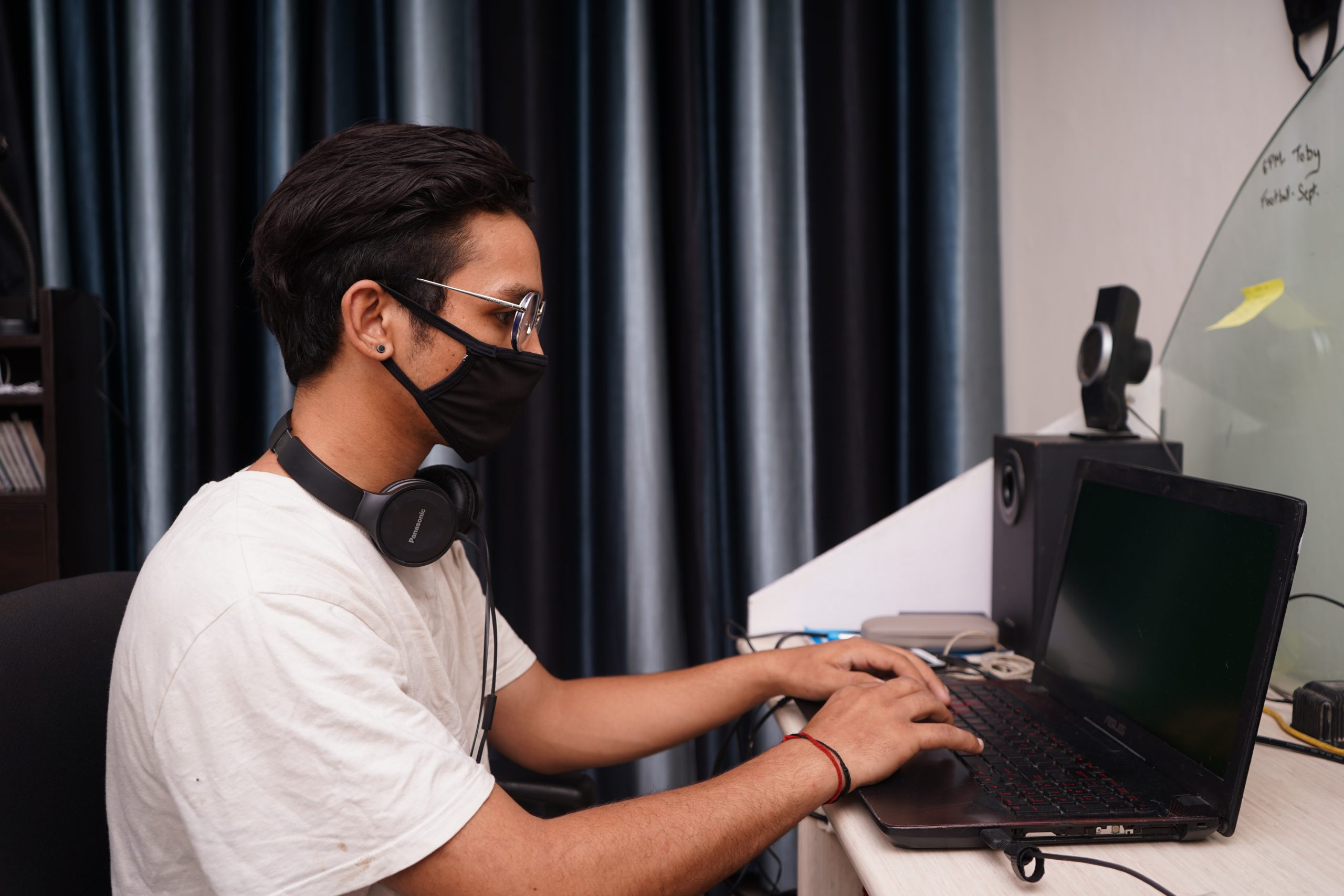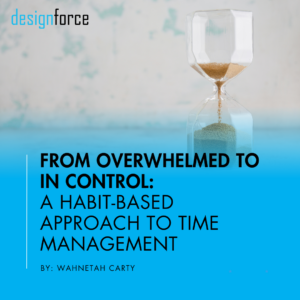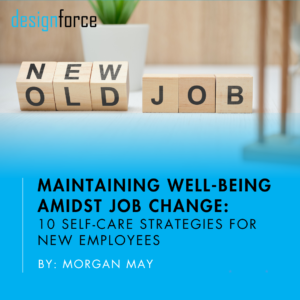Last week, my roommate texted me that he was feeling sick while I was at work in the designforce office. He stated that the symptoms did not exactly match COVID-19, but that he had been in a high-risk environment a few days prior. Even though he did not have a positive confirmation it was COVID-19, erring on the side of caution, I told my boss. Together, we decided that I would work from home until a test result came back.
This is just one conversation of the thousands employers are having with their employees regarding COVID-19 all across the world. As many organizations have either fully or partially re-entered the workplace, we must be fully equipped to have productive and intentional conversations.
As an employee:
- Reference Company Policy – In order to ensure workplace safety, most firms have already published a return-to-work policy outlining policies and procedures regarding COVID-19 and the workplace. Before entering a conversation with your employer, reference this guide to ensure you are equipped with accurate knowledge. As well, if you feel your employer has not put in enough safety precautions in place, talk with your supervisor to ensure your safety and the safety of others is addressed.
- Take Ownership of Your Actions – If you put yourself in a high-risk situation, it is your responsibility to not put your co-workers at higher-risk because of your actions. Reference the chart published by the Texas Medical Association if you are unsure what the risk-level is for different activities. Although many things are out of your control right now, you can control how and where you interact with other people. If you enter a high-risk environment, it is your responsibility to ensure your co-workers are not negatively impacted by that decision. What steps can you take to reduce exposure or mitigate risk for co-workers? Do not make the decision yourself if it is safe to return to work. Connect with your supervisor regarding the best next steps before you return.
- Communicate Openly – Although social-distancing and wearing masks will decrease the potential of contracting COVID-19, many people cannot avoid increasing their chance of exposure due to their inherent close proximity to others, such as living with family members or roommates. If you or someone you come into contact with on a regular basis engages in a high-risk environment, tell your supervisor before entering the workplace. Communication is key, and having this foresight will allow your supervisor the time to assess the situation and create a plan of action.
As an employer:
- Subjectivity: If an employee brings a possible exposure to light, any decision made should not be influenced by emotion or opinion. A decision regarding distancing an employee from the office should not be based on comfort level, but rather, the severity of potential exposure.
- Have a Plan: The employer must assume responsibility for the company plan. It should not be at the employee’s discretion whether they continue to work in the office or work remotely. Understand what your company’s threshold is for “exposure.” Alert your employees of how your company expects an employee to notify their supervisor if the employee learns that he/she has the virus or has been potentially exposed. Create a baseline plan of action regarding the steps taken to mitigate the issue and ensure that the entire firm is made aware of the plan immediately.
- Follow the CDC principles for the discussion.
While these interactions may at first seem daunting or intimidating, this is the new normal. Always remember that safety comes first.

Related Posts
Let's learn together.
Stay inspired and in the know on all things A|E|C.
Sign up for our monthly newsletter.










